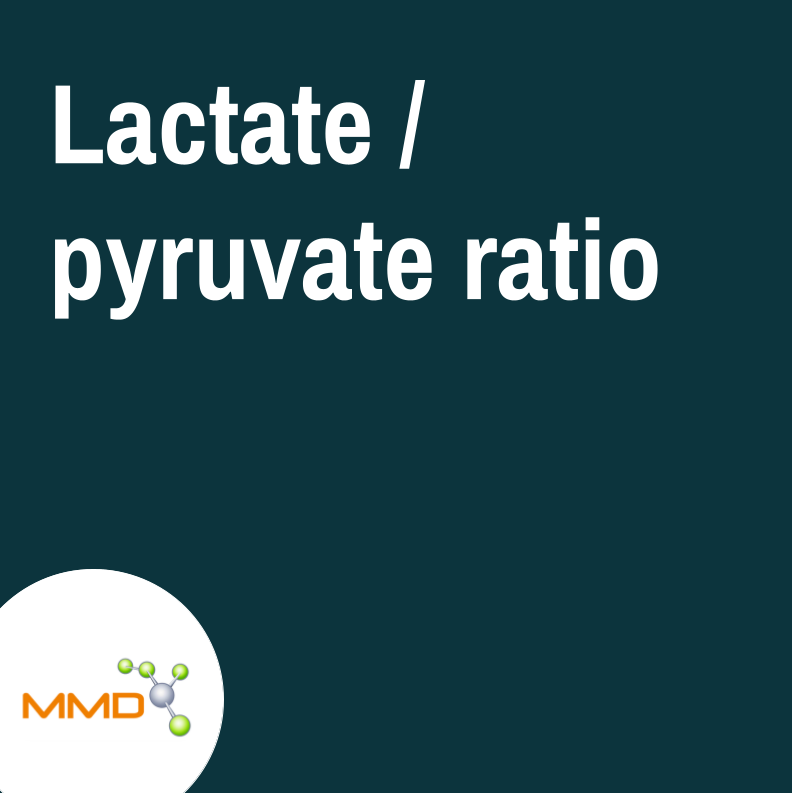Description
** must be ordered at same time as M2 Mitochondrial Health Index (or M3)**
Lactate/pyruvate ratio
Glucose in cells is converted to pyruvate, and can then be converted to lactate in the cytoplasm or transported into the mitochondria via the pyruvate dehydrogenase complex (PDC). The higher the value of lactate compared to pyruvate, the more glycolysis is occurring. A higher level of pyruvate compared to lactate is a prerequisite for successful transfer of substrates in the mitochondria for oxidative phosphorylation.
An increase in lactate may signify impaired mitochondrial function, or the result of excess glucose increasing glycolytic flux to an extent that preferentially shunts pyruvate to lactate instead of entering the mitochondria. Conversion of pyruvate to lactate blocks further ATP production. So the pyruvate/lactate ratio gives an important indication of how efficiently the mitochondria are working.
The pyruvate/lactate ratio can also provide information on the extent to which the mitochondria are able to utilise fatty acids for energy production. This calculation involves comparing the rate of oxygen consumption to the rate of extracellular acidification alongside the pyruvate/lactate ratio.

